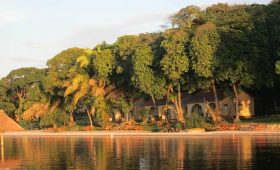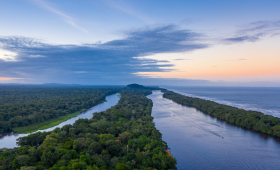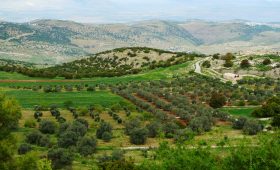Exploring Mount Hombori
Mount Hombori, located in Mali, offers a unique travel experience with its stunning landscapes and rich cultural history. This area is perfect for those looking to explore a less-traveled path.
Why Visit Mount Hombori?
Mount Hombori is notable for several reasons:
- Highest Peak: At 1,153 meters (3,783 feet), Mount Hombori is the highest point in Mali. The views from the summit are breathtaking.
- Cultural Heritage: The area is steeped in history, with ancient rock carvings and cave paintings that offer a glimpse into the past.
- Rock Formations: The region features striking rock formations, including the Needles of Gami, which are popular among rock climbers.
When to Visit
The best time to visit is during the dry season, from November to April. During this period, the weather is more manageable, though temperatures can still be high. Expect daytime temperatures to reach up to 42°C (107.6°F) in May. Rainfall is minimal during these months, making it ideal for outdoor activities.
Getting There
Reaching Mount Hombori requires some planning:
- By Air: Fly into Bamako-Sénou International Airport, the nearest major airport. From Bamako, you can hire a private car or take a local bus to Hombori.
- By Road: The drive from Bamako to Hombori takes about 10-12 hours, depending on road conditions. Hiring a car or joining a guided tour is recommended.
Local Transportation
Once in Hombori, consider these options for getting around:
- Taxis: Available in nearby towns, taxis can be hired for day trips to explore the area.
- Hiking: Numerous trails allow you to explore on foot. Bring sturdy shoes and plenty of water.
Climate Considerations
Hombori experiences a hot arid to semi-arid climate. Almost all rainfall occurs between late June and mid-September, with an average annual rainfall of 372 millimeters (14.6 inches). The mean annual temperature is 30.2°C (86.4°F), with the hottest months being April and May.
Historical Context
Hombori is an ancient town with a rich history. It was a strategic point for the Songhai Empire and remains a cultural hub for Songhai traditions. The area is predominantly Muslim, with Sufism and Shiism being the main belief systems.
While the journey to Mount Hombori requires effort, the cultural insights and natural beauty make it a rewarding destination for those seeking an authentic experience in Mali.




